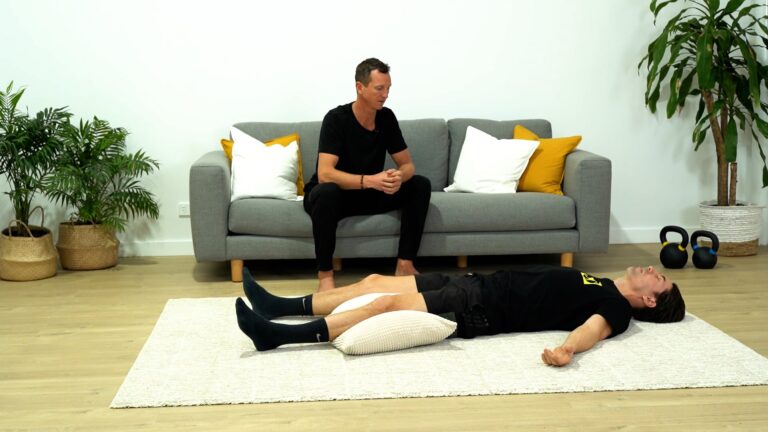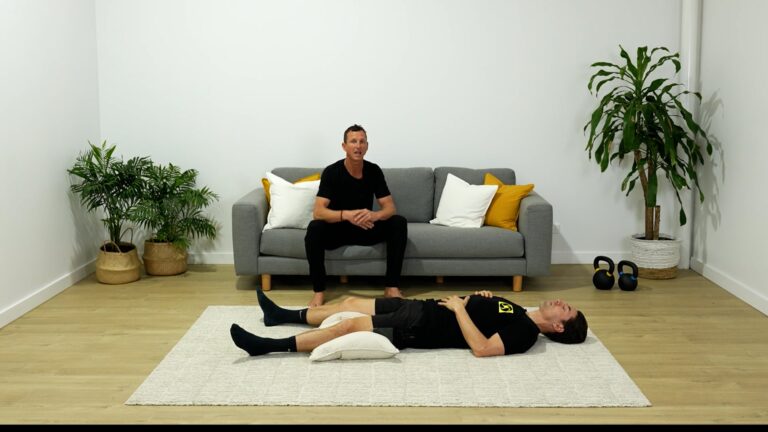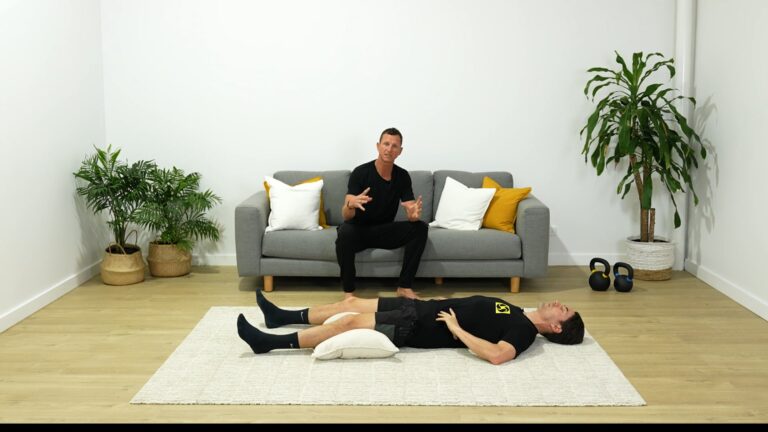Why do we need to move more?
It’s plain to see we have become addicted to devices to keep us entertained or connected. In offices, bus queues, coffee shops, elevators and even at home, we slumped over smartphones, tablets or laptops. Due to this reliance on modern technology, the human race is in a state of physical decline. The majority of the population doesn’t move enough. Those moving can often move poorly, with bad mechanics causing wear and tear, leading to injury.
How is our workplace affecting us?
The modern-day workplace and longer working hours are compounded with movement deficiency and poor posture. It’s not uncommon for people to sit at workstations for over 10 hours a day. Add this to the time we spend sitting at home or in the car during commutes, and we are closer to 16 hours without movement per day. Factor in sleeping for 5-8 hours per night. It doesn’t leave much left in a day.
Excessive travel schedules and long commutes also exacerbate movement and health dysfunction, negatively affecting physical and mental performance.
But you train three times a week? Everything should be ok, right?
Current industry standards and mainstream fitness media focus only on HIIT and intensity-based training or short-term “summer shred and bikini body” style workouts. Although there is nothing wrong with wanting to look better, more often than not, these programs place little focus on movement quality, health and vitality. Thrashing yourself with poor technique and starving yourself of essential nutrients might drop weight quickly, but what impacts your body over time?
We know that Lifestyle conditions like Diabetes, Heart Disease and even Arthritis are steadily on the rise, with lower back pain, chronic pain, and the use of pain medication at an all-time high. So, is this approach working? Who is winning at the moment? The drug companies? The fitness franchises? The end consumers?
What is the solution? A more thoughtful approach to training.
Movement is a combined effort of the body’s major systems that requires input, feedback and coordination from the brain and CNS. As children, we learn and adapt to new movement challenges as we grow, learning new motor skills and becoming more efficient and resilient.
Then, one day, we just stop and seem happy to let ourselves decline, claiming our best days are behind us. We lock ourselves into repetitive, negative movement patterns and wonder why we are regularly in pain. We haven’t lost the ability to learn and challenge ourselves. We’ve just lost the imagination to do and try different things. The fear of doing something different or being the odd one out often keeps us from creating lasting change.
We don’t challenge ourselves to move in different ways with efficiency. We prefer to stick to cookie-cutter programs that exist in 1 plane of motion with the same 5 or 6 exercises that everyone else does. We try to paint over the problems with 10-minute ab workouts and 1-dimensional training programs that do nothing to break down the negative cycle we have found ourselves in.
If we consistently practice new movement skills and patterns, it will help to improve not only physical well-being but also mental and emotional health and cognitive function.
FUTURE THOUGHT FOR YOUR TRAINING AND PERFORMANCE.
The old-school mindset of strength, endurance, flexibility and cardio being separate is gone. To be fit, we must seamlessly blend these principles alongside efficient movement in 3 planes and at all the major joints.
The mainstream fitness industry in recent years is only interested in how hard you train, celebrating the latest high-intensity classes and celebrity fat loss workouts. In reality, due to the demands of modern-day jobs and the increasingly sedentary lifestyle habits that technology and computers promote, we need to pay attention to the quality and amount of movement our body is utilising.
The human body is a remarkable piece of equipment that performs impressive feats. When we play sports, we develop and practice skills that combine coordination, balance, strength, speed, momentum, and power. Too often, when we go to the gym, we go through the same one-dimensional program with the focus of trying to burn calories or just build muscles. There is room for improvement. We can train to be efficient and robust through movement; training doesn’t always have to be draining.
The first goal is movement quality, quantity with quality, and then loading the movement patterns. Good movement and good posture go hand in hand. Sitting in front of workstations and computers for long hours declines our posture, and we fall into uncomfortable, lazy, slumped positions. As movement coaches, we design programs that not only strengthen you and make you fitter, but we look at the demands of your work/sport/life and build more competent programs that help you succeed in all areas.




Responses